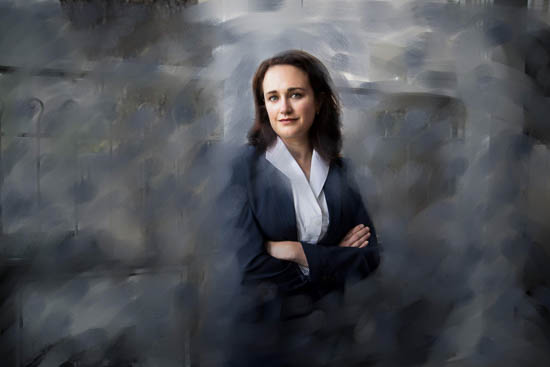
Pictures has undergone a large transformation in the last few a long time. From movie rolls and darkrooms to mirrorless cameras and AI modifying, the evolution has been quick and relentless. What was as soon as an analog craft now leans heavily in to the digital realm, and For numerous photographers, this shift offers both of those chance and challenge. Those that fall short to adapt threat staying still left at the rear of in the aggressive marketplace exactly where being existing is critical. Comprehending how pictures has advanced is the first step in recognizing the significance of being aligned with currently’s cutting-edge resources and procedures.
In the past, a photographer’s skill was measured largely by their ability to perform with manual configurations, lighting, movie varieties, and Bodily prints. Building images essential chemical know-how and entry to a darkroom. Even so, digital cameras disrupted the established order, making images far more obtainable and less expensive. With the rise of DSLRs and mirrorless units, photographers no longer essential film or development labs. Quick graphic previews, larger ISO capabilities, and massive storage possibilities intended photographers could shoot a lot more, experiment freely, and master more quickly. But this digital boom also introduced new issues—Opposition elevated, and just proudly owning a great digital camera was now not sufficient to get noticed.
Currently, the images industry is deeply intertwined with technological know-how. AI-driven editing equipment like Lightroom’s subject masking or Photoshop’s generative fill have redefined put up-processing. Platforms like Skylum Luminar and Topaz Labs give noise reduction and picture upscaling that might are actually difficult ten years ago. Even smartphones, once mocked by industry experts, now generate superior-resolution RAW pictures and provide Sophisticated capabilities like portrait mode, night time photography, and true-time HDR. The playing field has shifted dramatically, and traditionalists ought to take that newer engineering more info usually improves as opposed to diminishes the artwork of pictures.
Beyond components and software package, technology now dictates how photographers link with customers and mature their organizations. Social media platforms, Search engine optimisation-optimized websites, and automated booking units are essential for marketing and advertising and outreach. Google My Enterprise profiles, geotagged pics, and on-line reviews generally ascertain regardless of whether a consumer chooses a single photographer in excess of another. Industry experts who continue to be offline or depend only on term-of-mouth promoting limit their exposure and likely growth. Embracing these digital instruments doesn’t just help photographers remain appropriate—it permits them to work smarter and get to broader audiences a lot more successfully.
The increase of AI in images is especially transformative. Artificial intelligence can now review facial options to car-right lighting, sleek pores and skin, and in many cases swap backgrounds in a single click. AI-driven culling program can help photographers sift by way of A huge number of pictures, choosing the right photographs depending on expression, sharpness, and composition. In-studio, AI-enhanced lights techniques routinely regulate exposure and equilibrium dependant upon matter position. These website equipment don’t switch the photographer's Resourceful eye—they amplify it. Individuals who invest time in Mastering AI functions obtain a aggressive edge in the two velocity and quality.
In conclusion, pictures is no longer almost read more mastering the shutter or being aware of the golden hour. It’s about adaptability. The craft has become a dynamic combination of artwork, science, and technologies. here Photographers who are willing to evolve—who discover new software program, spend money on smarter gear, and embrace AI and electronic internet marketing—are much better positioned for long-term accomplishment. Those who resist, clinging to outdated procedures or dismissing technological traits, may quickly discover themselves irrelevant in a fast-paced visual world. To stay competitive and artistic, photographers have to check for more not just keep up Together with the evolution of images—they must lead it.